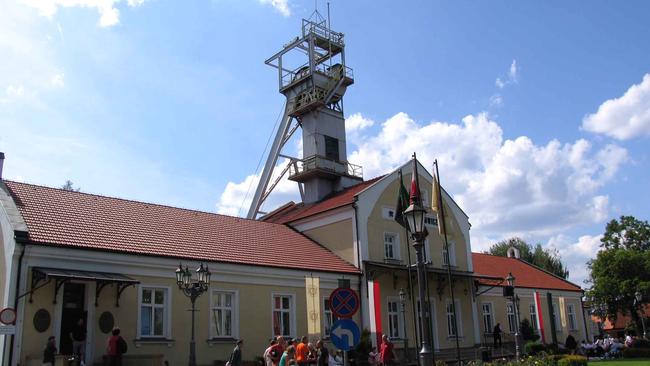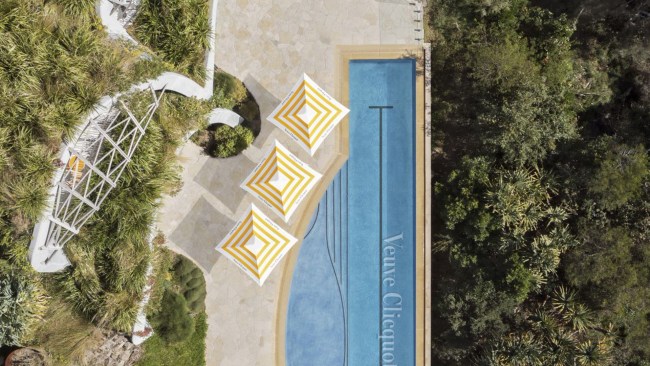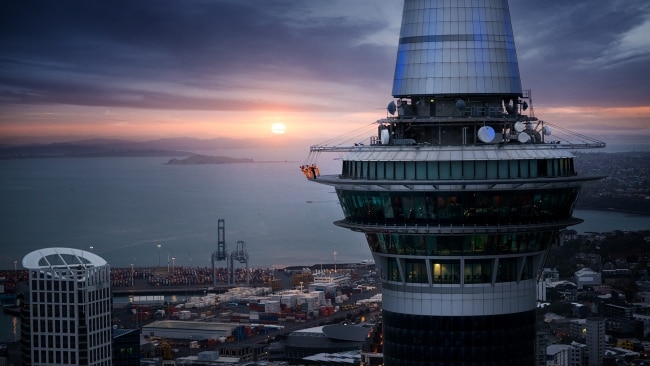Cracow’s Wieliczka mine: salt of the earth
Salt. Sodium chloride. When did it become such a niche product?

Salt. Sodium chloride. When did it become such a niche product? Take rock salt from the Himalayas; by the time we’ve finished chipping away at the world’s highest mountain, Everest may be just an icy hill. As for our own Murray River, its salinity is now creating a flood of salted ice cream flavours.
In our spa salons, too, there’s every variety of salt you can think of, and some you can’t.
Whatever happened to Cerebos? Or my grandmother’s cooking salt? We’ve all moved up-market, haven’t we, though it’s tempting to take all those marketing claims with a pinch of …
It’s worthwhile remembering what salt really is, what it does, and where it came from many centuries ago.
This was brought home to me emphatically on a recent visit to Cracow, Poland, a city with a long history of trading between eastern and western Europe, and a strategic point where goods were bartered and sold.
And, in the case of perishables, kept edible.
In the time before refrigeration, salt was the answer.
Just outside Cracow, deep below ground level is Wieliczka, the site of a 900-year-old salt mine that is now open to visitors. A staggering number of visitors, in fact; nearlytwo million a year.
In many years of travel around the world, I’ve never seen anything like it.
Caves, mines, underground houses … in terms of sheer wow factor, Wieliczka outranks them all. Even photographic images can hardly do justice to this extraordinary place.
You can go underground in a group, but it’s much better to have your own guide.
You wouldn’t want to get lost down in the bowels of the earth: the mine goes down nine floors all the way to 327m deep, although tourists are limited to the third level at 130m.
Here, you’re confronted with dozens of chambers, wooden staircases, a lake, restaurants (salt is used abundantly, of course), and even a full-size chapel complete with organ where mass is still held.
A few quick facts about the Wieliczka Salt Mine, awarded World Heritage Status in 1978:
• Settlement of the area began in the Neolithic period 5000 years ago, when salt was extracted from brine.
• In the 13th century, rock salt was discovered and the first shaft constructed.
• In the Middle Ages, salt was a valuable trading commodity (“grey gold”), used especially for food preservation. Cracow gained wealth and strategic importance.
• In the past nine centuries, 7.5 million cubic metres of salt have been extracted.
•The Salt Mine Health Resort offers medical services and a wellness program.
Wieliczka no longer produces salt for mass production but niche products are available for sale at various points around the mine complex, including the health spa. Niche products?
Next time you visit your deli and survey the vast array of salt products, remember that what you’re often paying for is the twisty dispenser and the package designs.
For the real thing, go underground in Poland.


